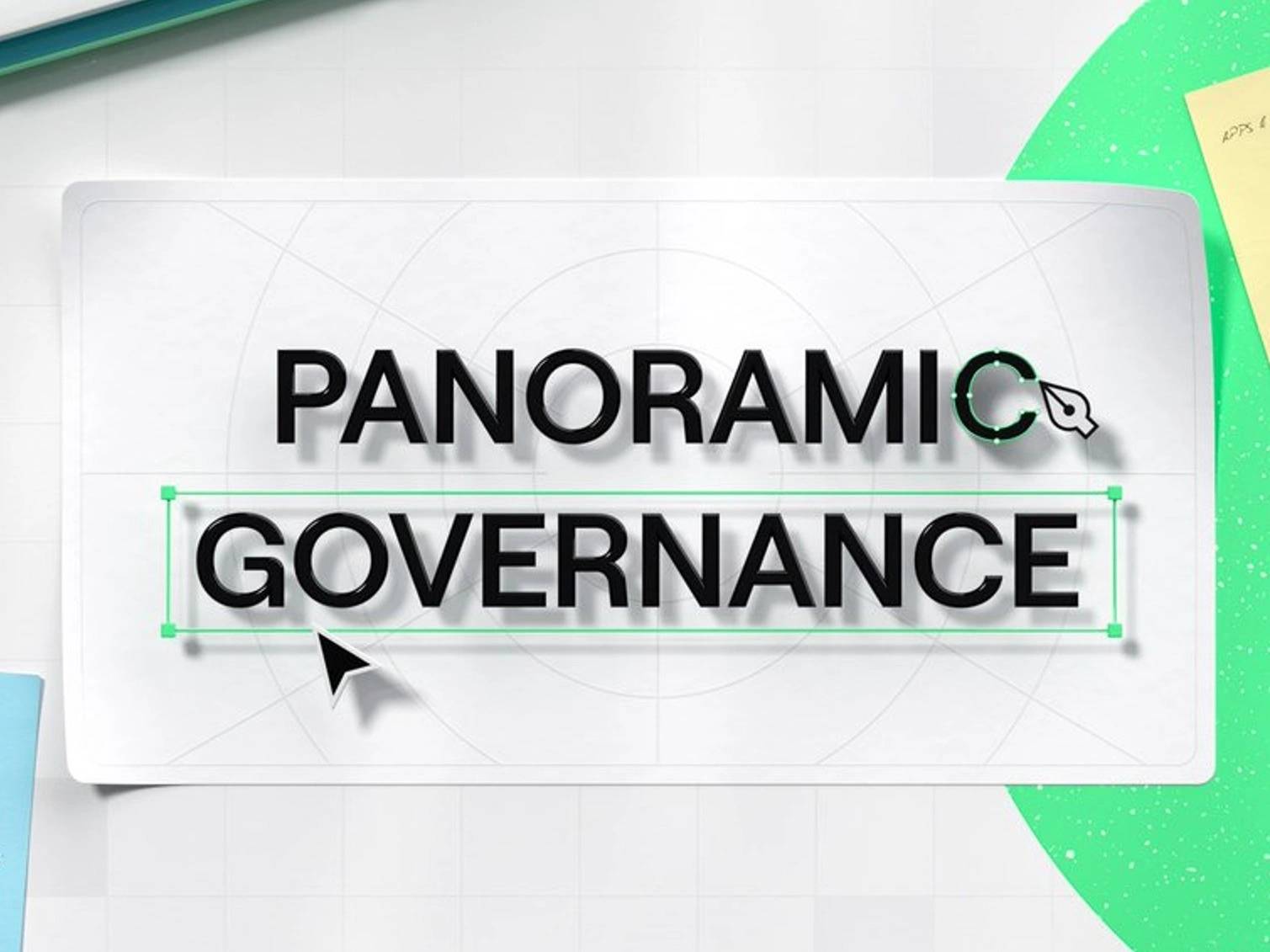Subscribe to wiki
Share wiki
Bookmark
Panoramic Governance (PG)
The Agent Tokenization Platform (ATP):Build autonomous agents with the Agent Development Kit (ADK)
Panoramic Governance (PG)
Panoramic Governance is a mechanism that aims to enhance governance participation and facilitate protocol growth within Layer 2 blockchains. It is designed for use on any Layer 2 blockchain with a native governance token and a sequencing system that allows users to pay gas fees for expedited transaction ordering and pre-confirmations.[1]
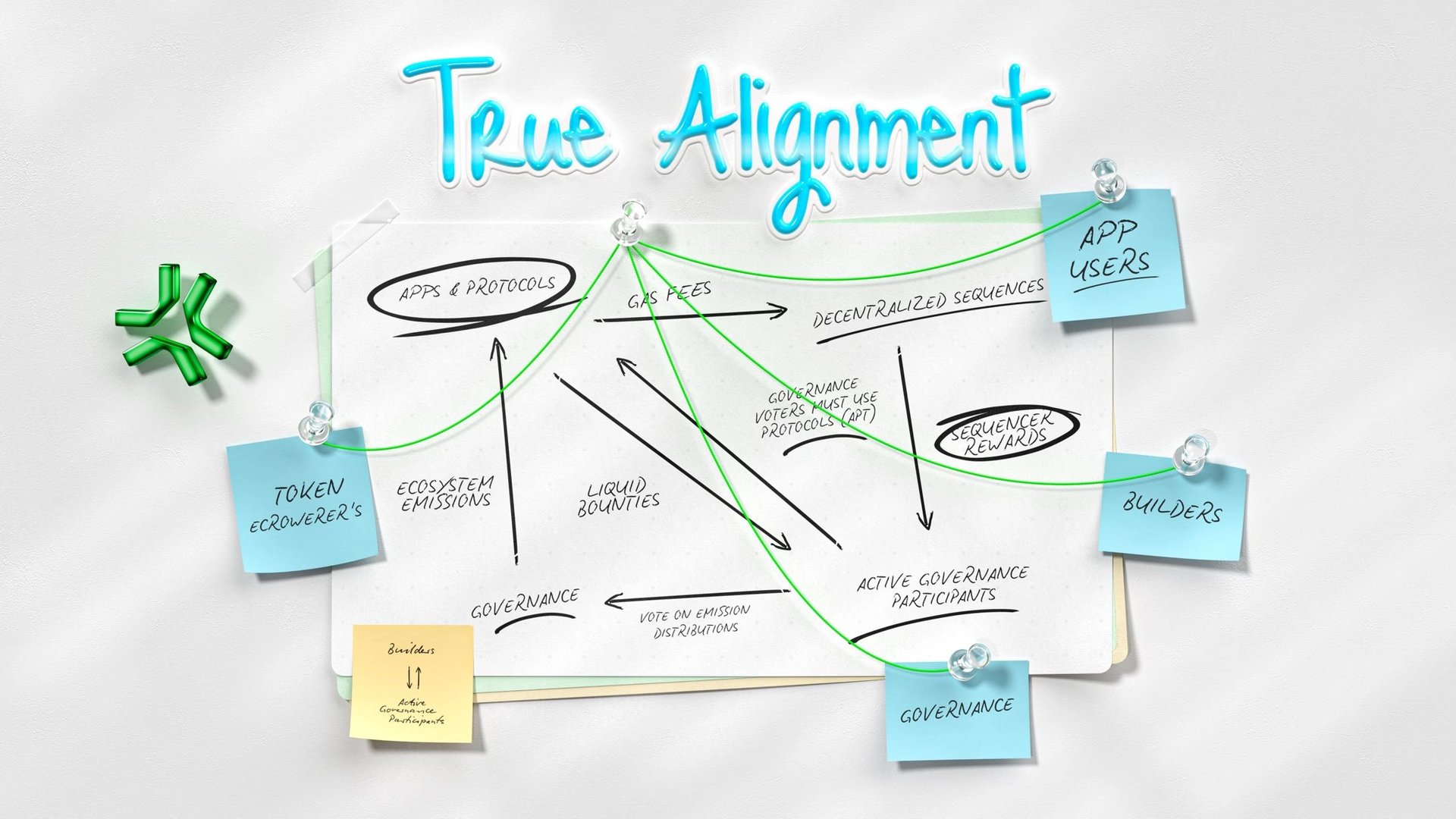
Overview
Panoramic Governance (PG) is a mechanism that aims to improve governance participation and facilitate protocol growth within Layer 2 blockchains. It can be implemented on any Layer 2 blockchain with a native governance token and a sequencing system that enables users to pay gas fees for expedited transaction ordering and pre-confirmations.
PG seeks to create a value-aligned ecosystem by ensuring that users, protocols, and chain operators are appropriately incentivized. It consists of two interdependent systems: one that distributes sequencer fees to active governance participants and another that allows these participants to allocate token emissions to protocols. This structure aims to address the common misalignment in Layer 2 ecosystems and promote cooperation and growth among all stakeholders.[1][2][3]
Components
Active Governance Participants
Governance is essential in decentralized networks and constitutes a key aspect of Panoramic Governance (PG). Active governance token holders are designated to receive sequencer fees, which aim to incentivize meaningful participation.
Networks establish the criteria for defining "active" participants through a heuristic known as the Active Participation Threshold (APT). This threshold may consider factors such as the number of transactions exceeding a specific limit, the total value of submitted transactions, or other criteria determined by the network. The aim is to ensure that only participants who actively contribute to the network qualify for sequencer fee rewards.[2]
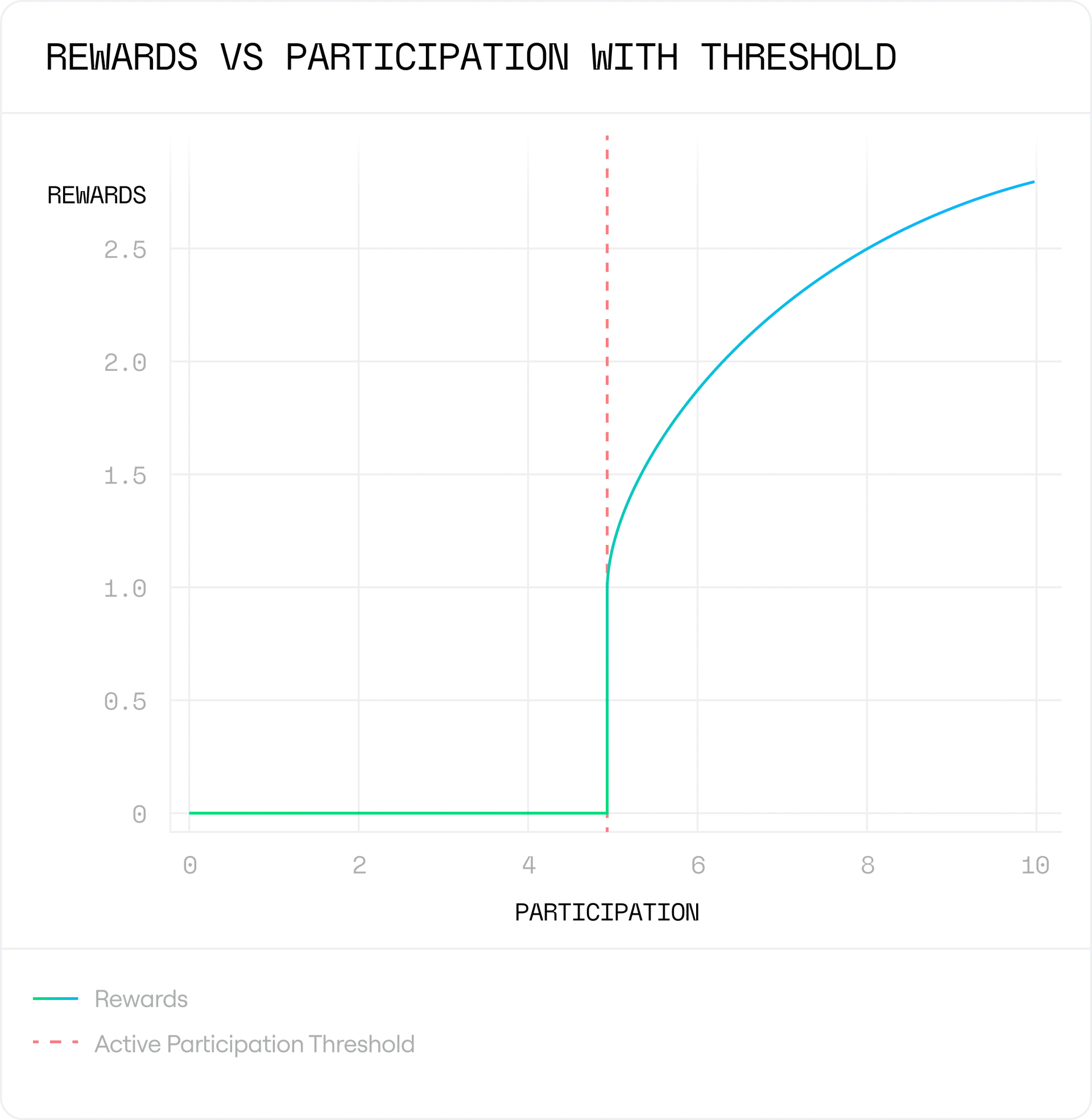
Protocol Emissions
Panoramic Governance allocates a portion of tokens to various protocols to aim for their growth, drawing inspiration from Curve Finance's gauge mechanism. Governance participants vote each epoch to determine how these emissions are distributed. Successful protocols aim to gain a larger governance stake, resulting in an increased share of sequencer fees.
New protocols can seek to enhance their growth by offering "liquid bounties" as incentives for governance participants, encouraging the allocation of more emissions to their protocol.[2]
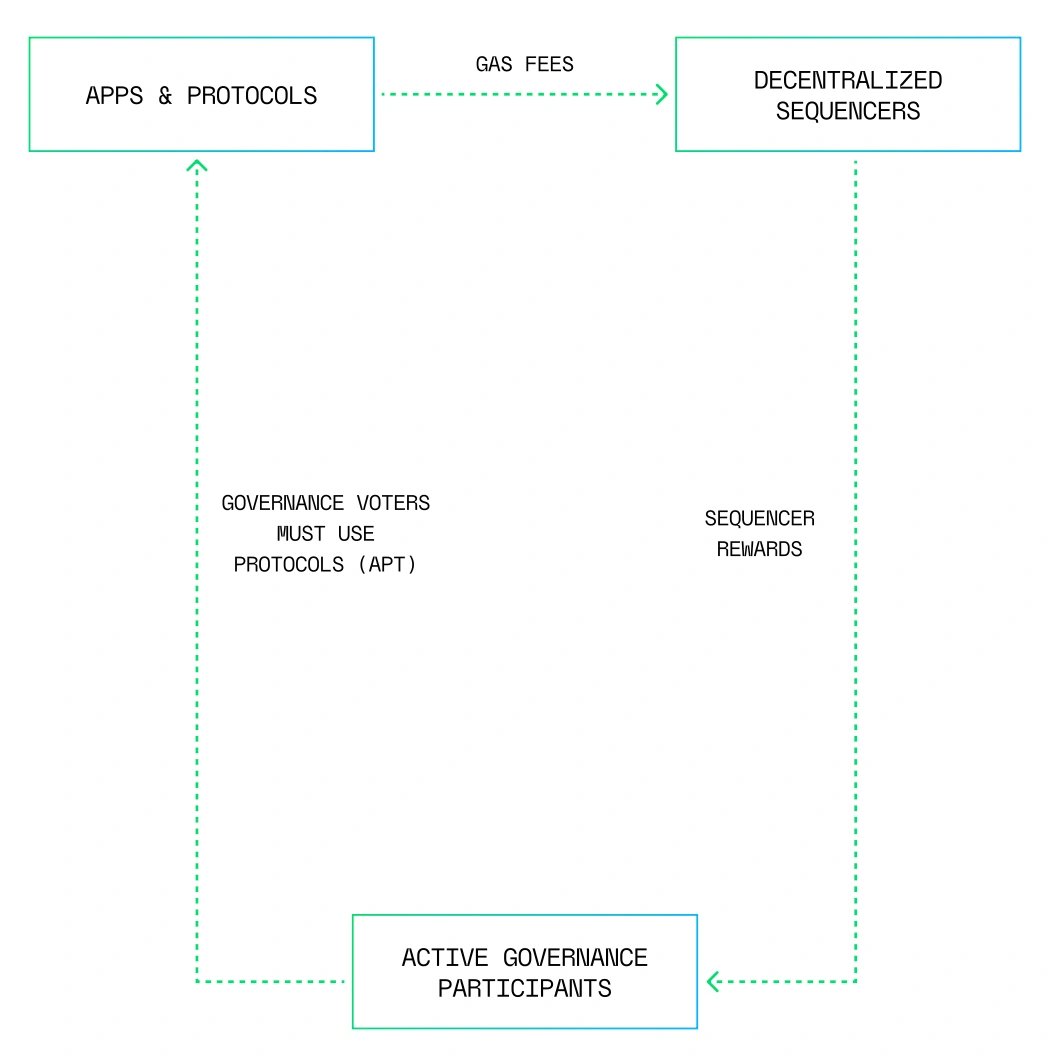
Flywheel
Panoramic Governance integrates two key incentive systems: Active Governance Participation, which distributes sequencer fees, and Ecosystem Emissions, which aims to support protocol growth by rewarding substantial contributions to the network.
Participants are encouraged to act in the network's best interest and engage in governance by voting for protocols that provide significant contributions or appealing liquid bounties. In turn, protocols are motivated to enhance their contributions to secure a larger share of emissions from governance participants.
Together, these systems create a closed, self-sustaining flywheel that aims to ensure sustainability by utilizing a predefined allocation of capital, including sequencer fees and network tokens, thereby minimizing the risks associated with unsustainable token inflation or excessive emissions.[2][1]
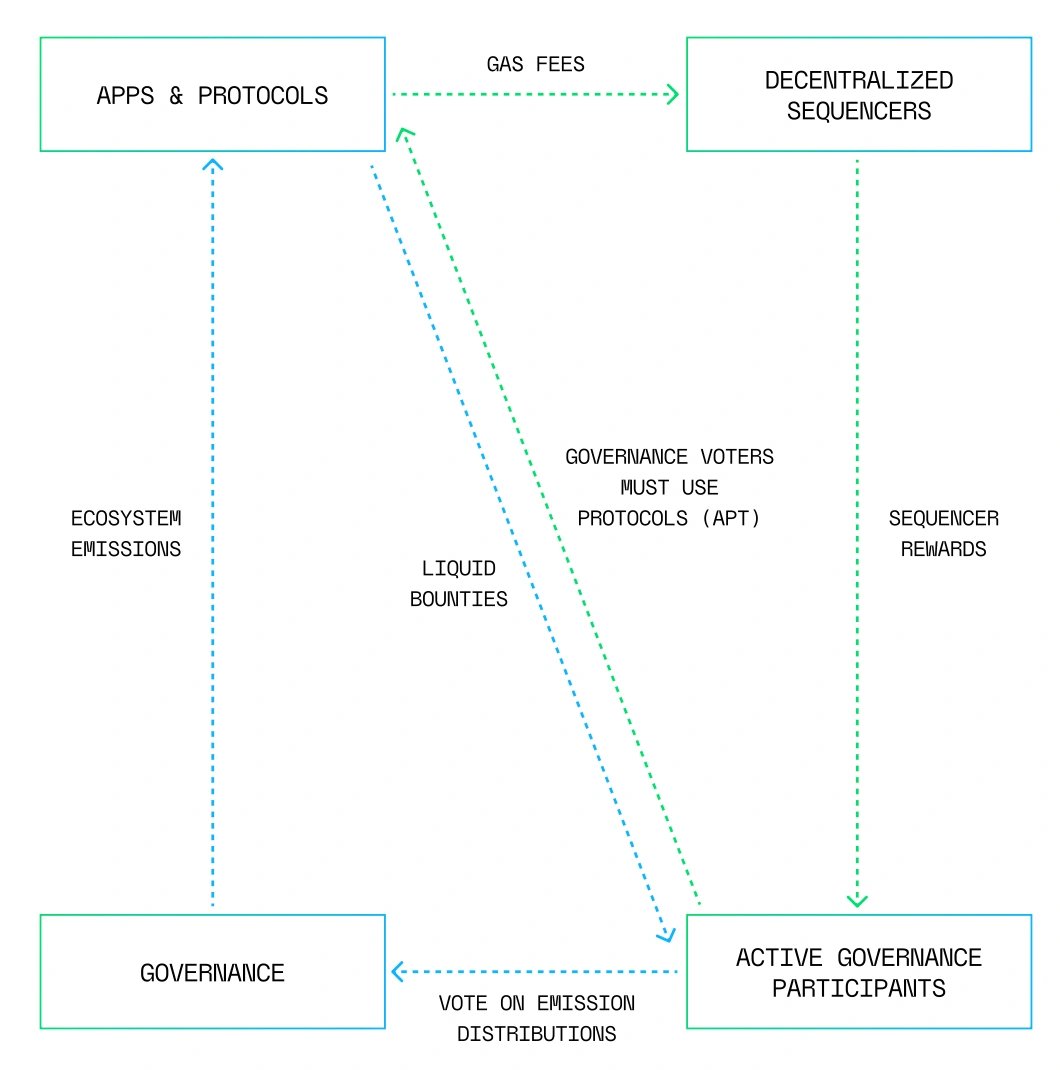
See something wrong?
The Agent Tokenization Platform (ATP):Build autonomous agents with the Agent Development Kit (ADK)
